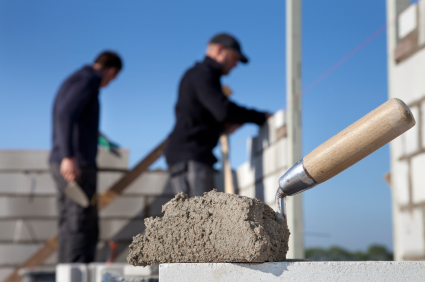Concrete can basically be explained as a combination of two parts: one part serves as the paste, and one part serves as the aggregate. The cement is the paste, the other types of rocks and minerals are the aggregate, and together, that forms concrete.
Perhaps the two most important aspects of mixing concrete are getting the right proportions and selecting any necessary or desired additives. The proportions must be right and the additives must be carefully chosen in order to ensure that the concrete looks and acts in the desired manner; one appropriate for the type of concrete and cement work being done.
The term “mix design” refers to the proportions and ingredients used for a specific blend of concrete. Variations in water, aggregates and chemical additives result in different types of concrete. For example, during the mixing phase it is possible to increase the plasticity (workability before setting) of the concrete by adding various chemicals. These are known as admixtures and also allow for changes in the concrete’s pigment.
After the correct mix design is determined and any necessary admixtures are gathered, the concrete is ready to be mixed. In small batches this can be done on-site in a bucket with water. For larger applications the concrete is typically mixed at the plant and transported in a cement mixer or concrete mixer mounted on a truck.
The concrete mixture is then poured into a carefully constructed mold and the drying process begins. Precision must be used during all phases of concrete and cement work to ensure a quality product that will provide years of use.
With the use of molds and texturizing tools, it is possible to create a variety of stunning aesthetics from concrete.

